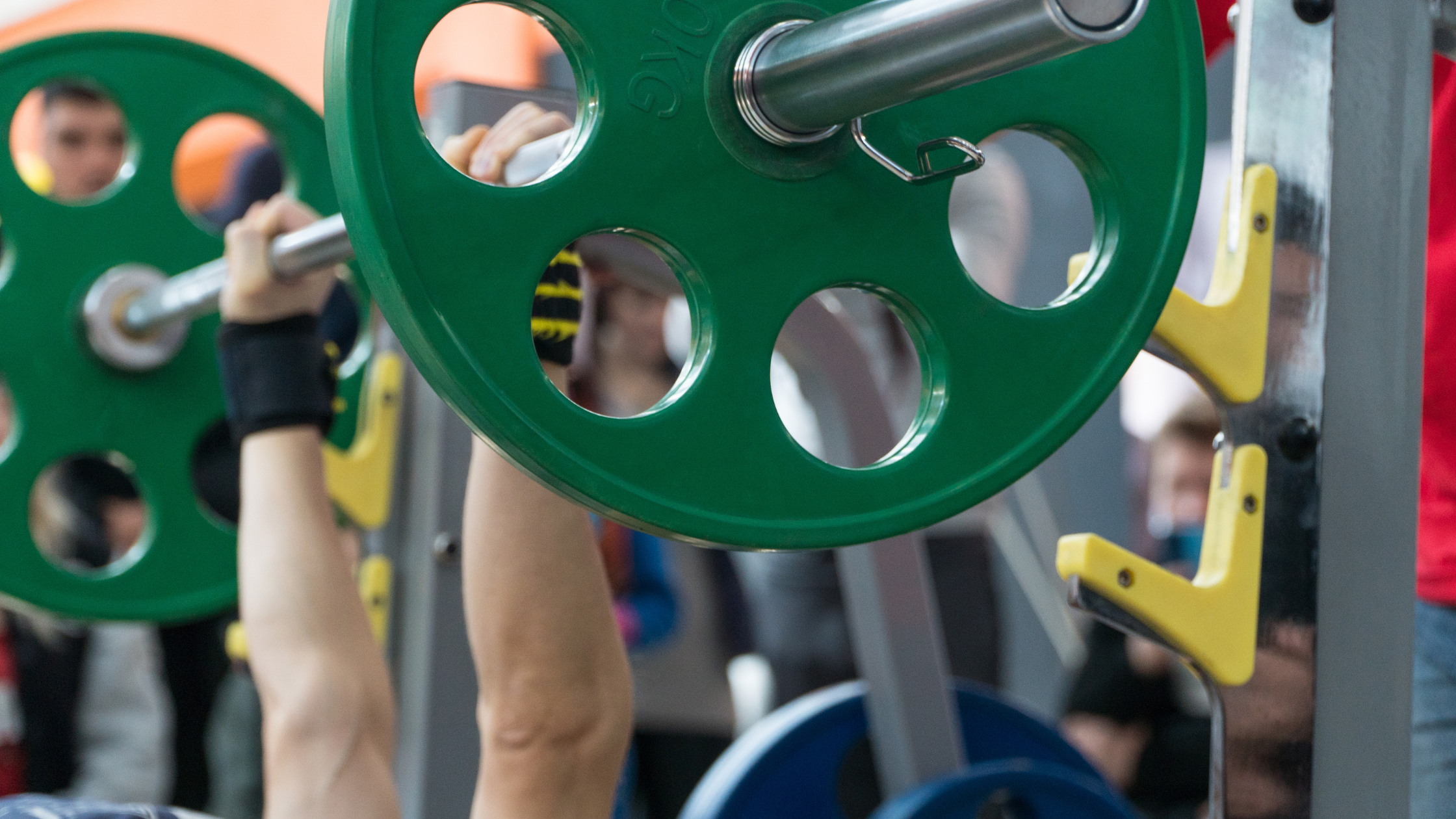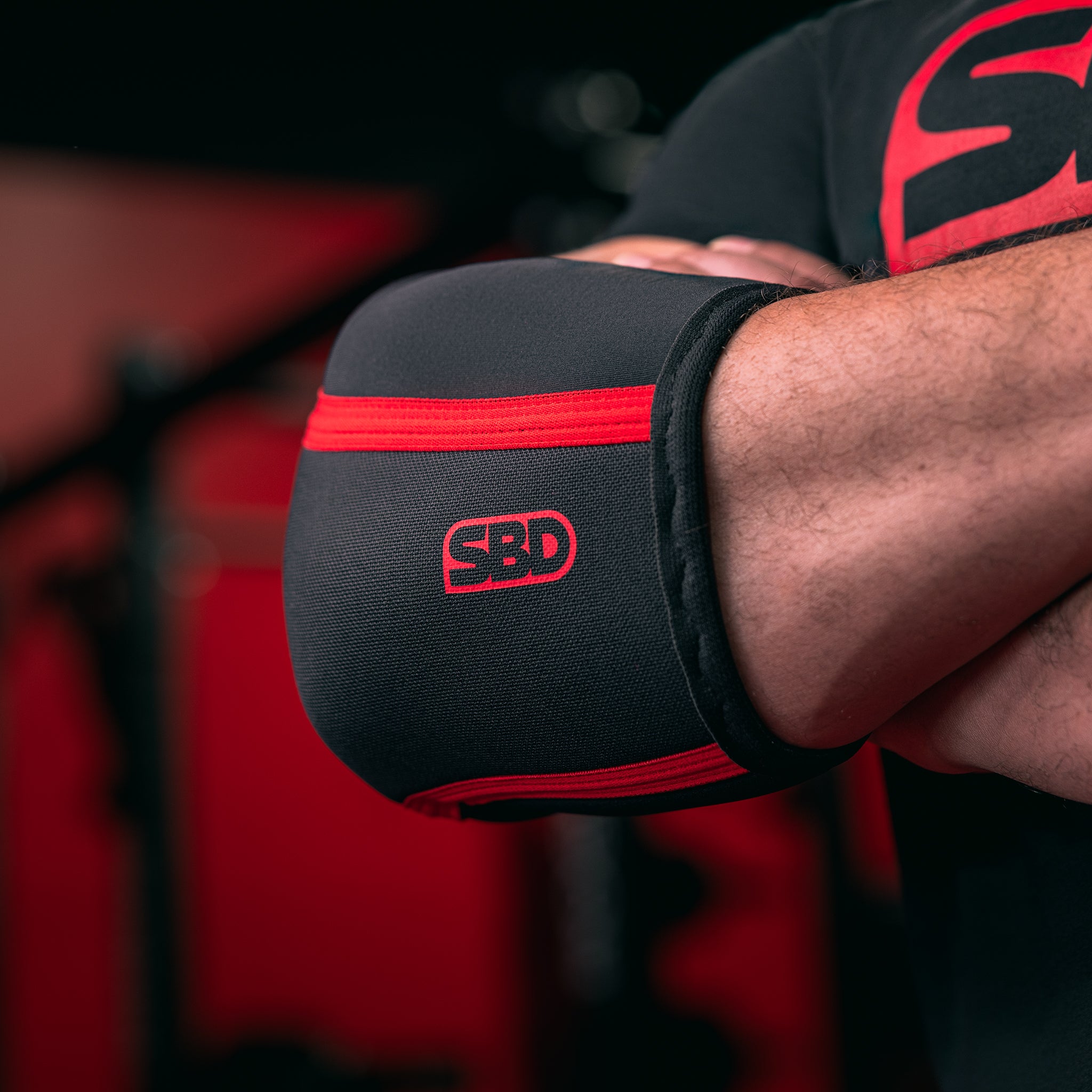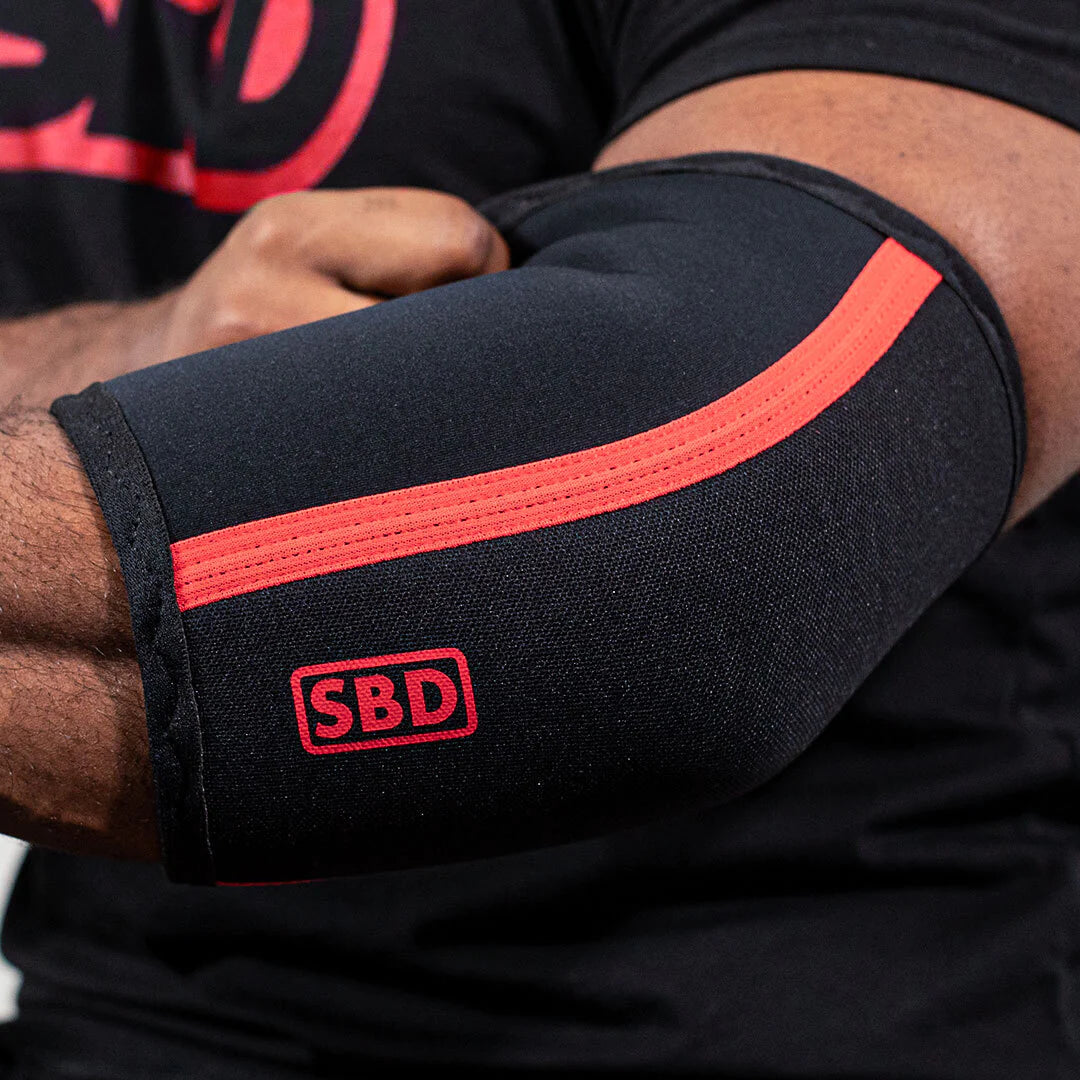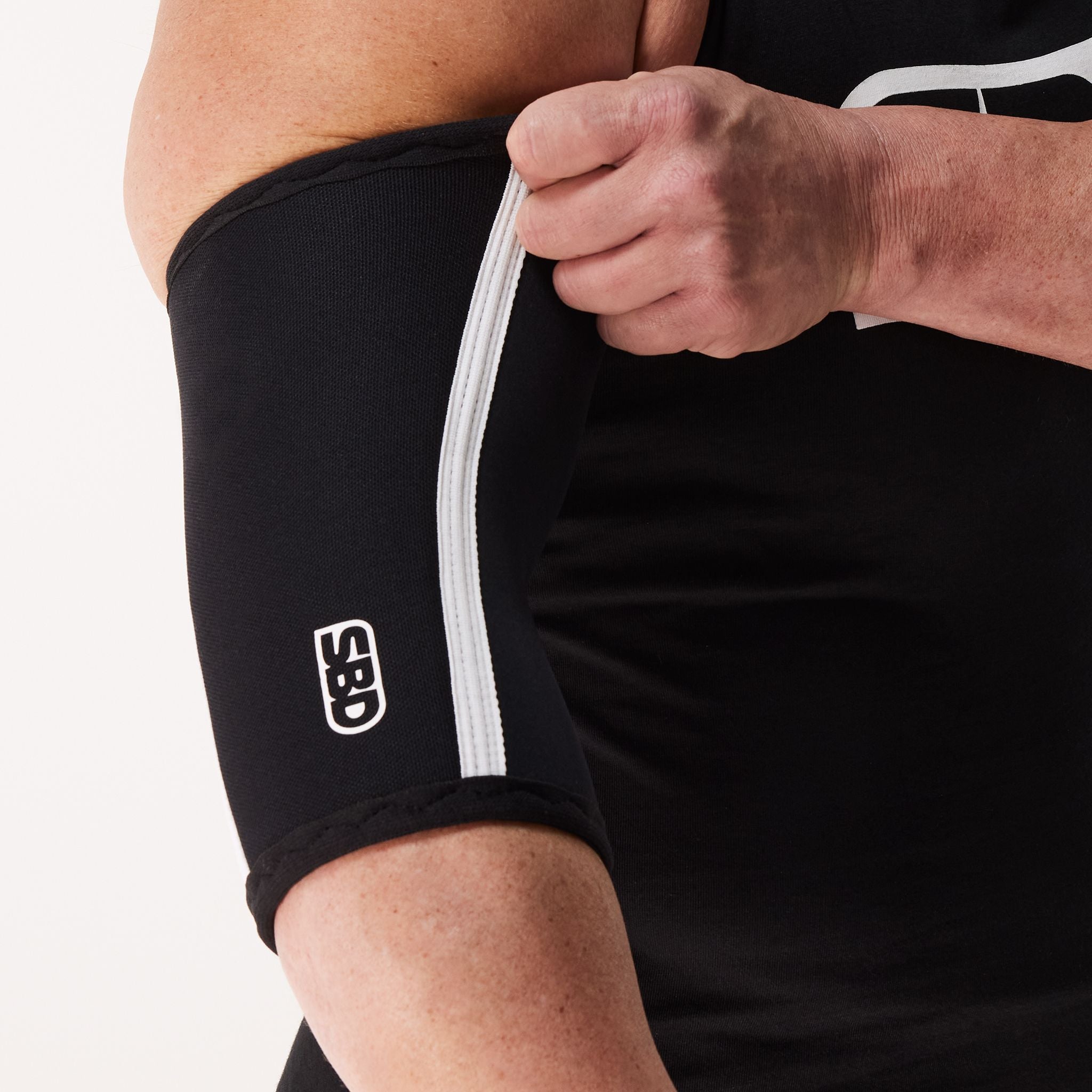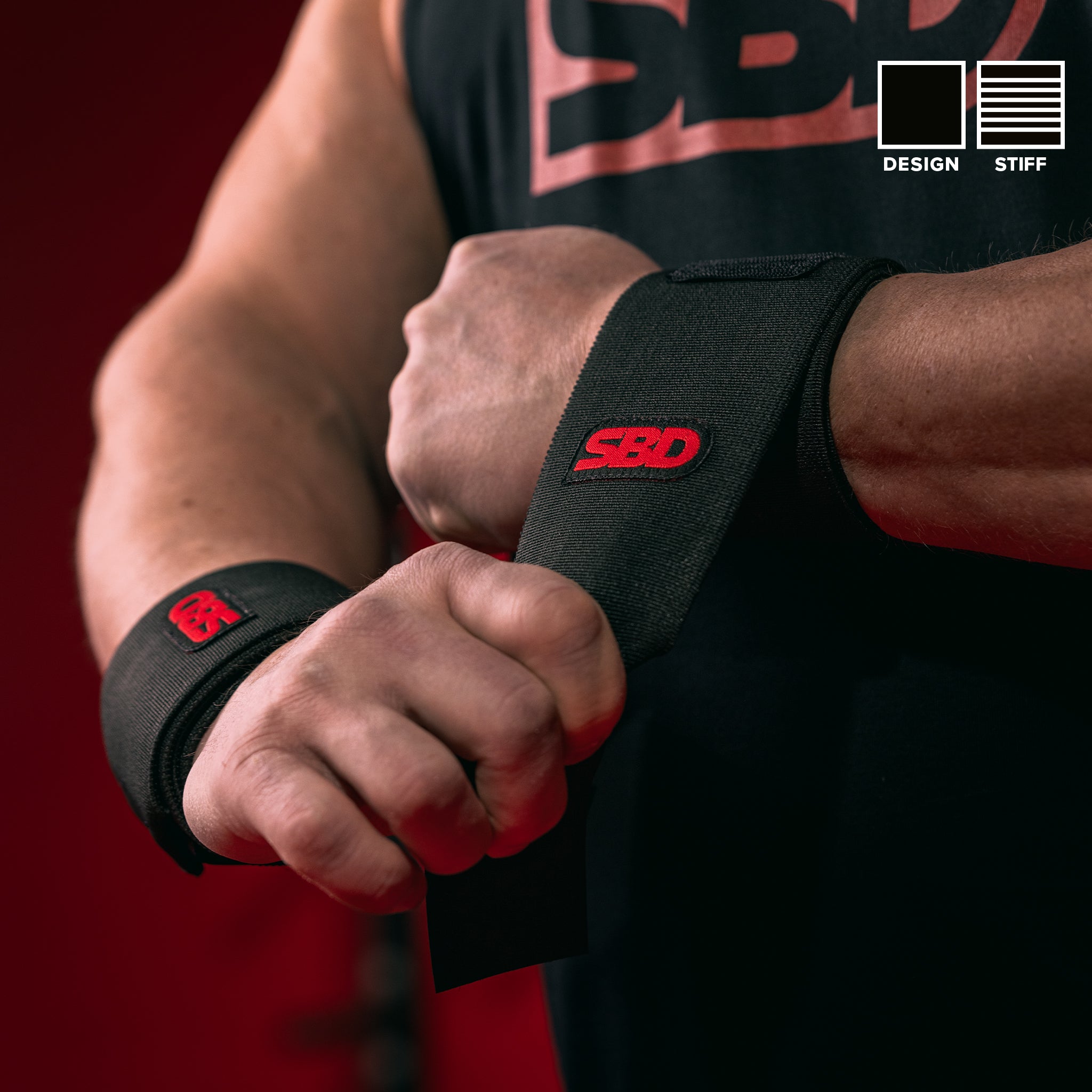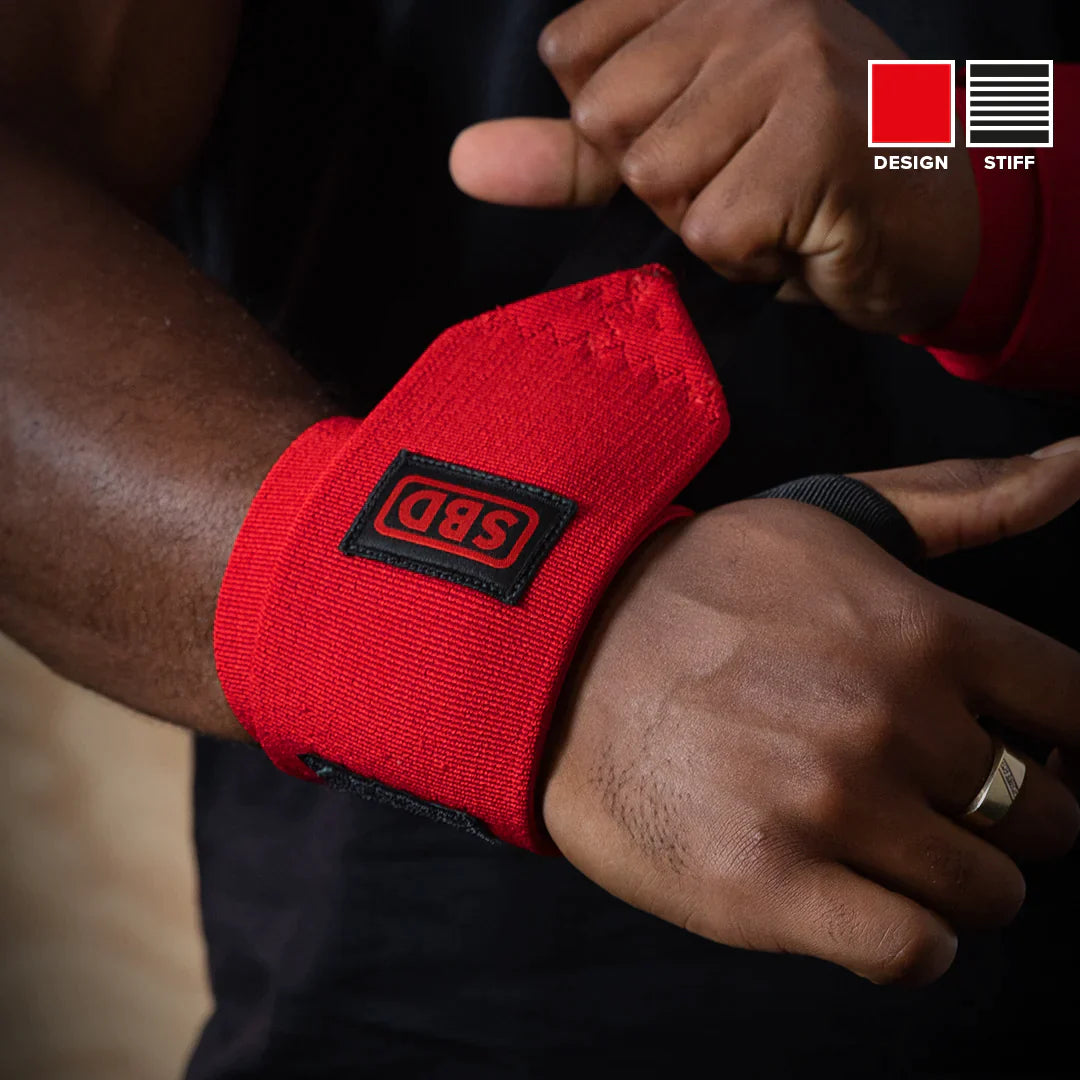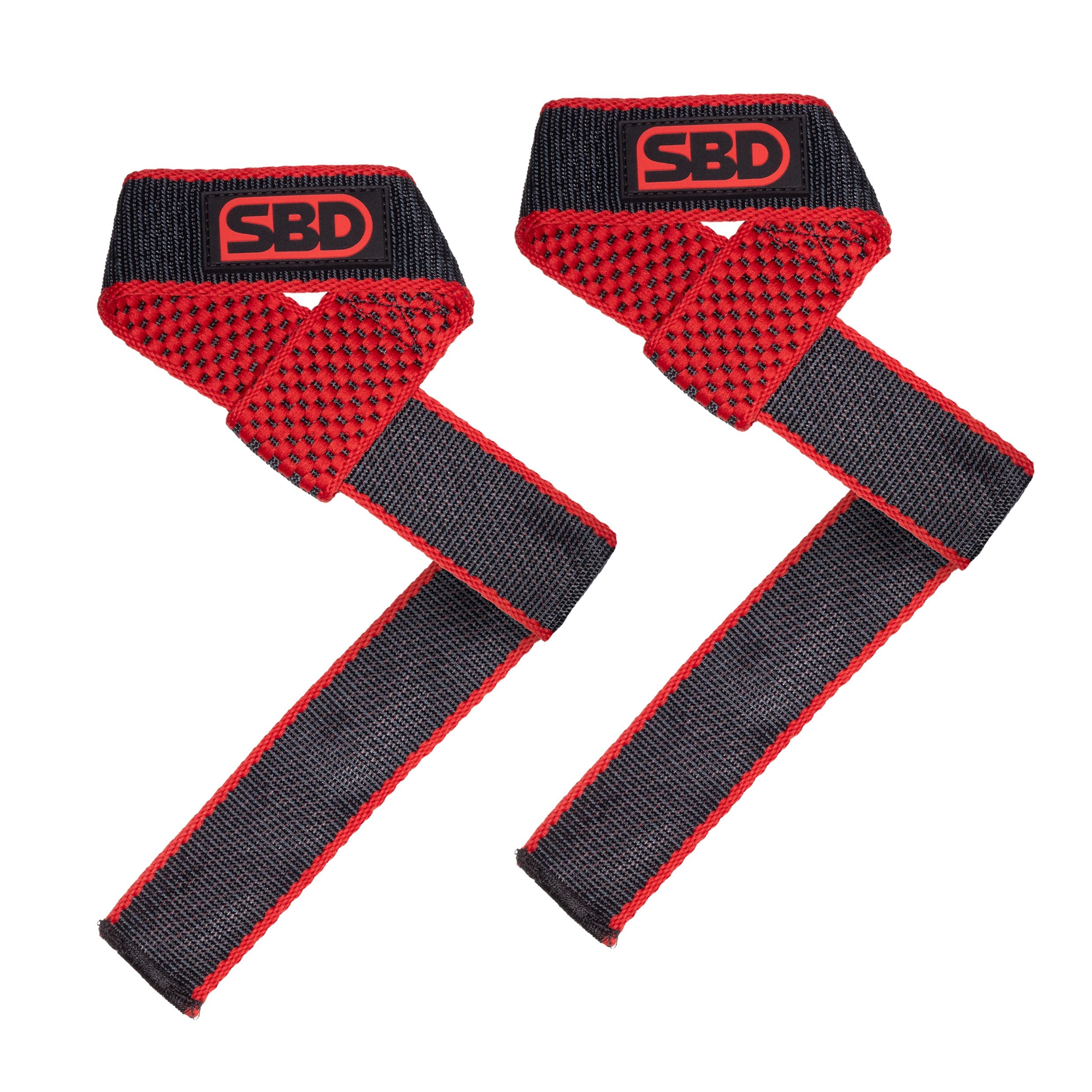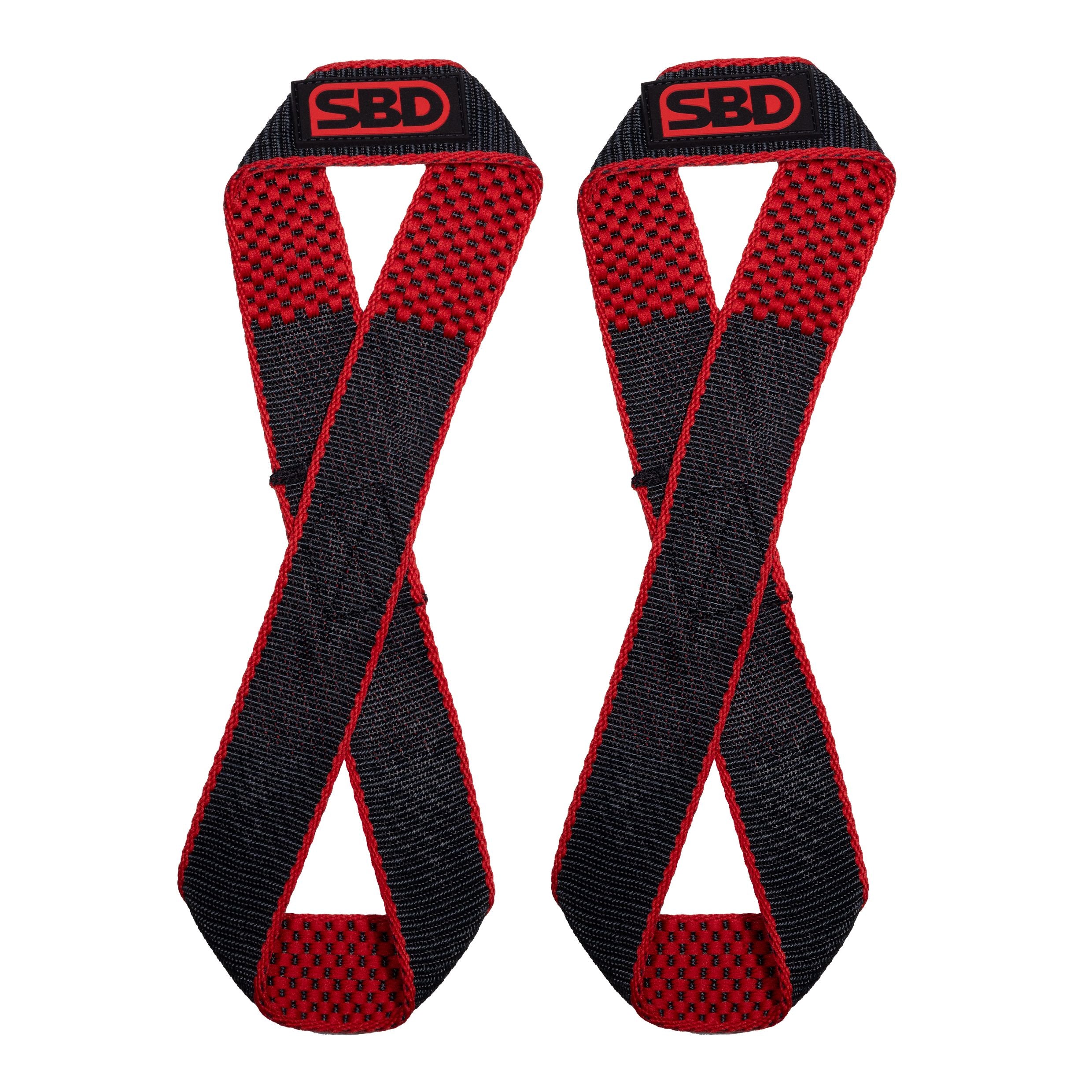What Is Tempo Training?
Tempo training is a technique where you deliberately control the speed of each phase of your lift — the eccentric (lowering), isometric (pause), and concentric (lifting) — to increase time under tension, reinforce control, and maximise gains. It’s not about moving faster — it’s about moving better.
Let’s break this down more formally:
-
Tempo = the speed at which you perform each rep, often notated using four numbers.
-
Purpose = to improve technique, engage more muscle fibres, and manipulate training stimulus without changing the weight.
You’ll often see tempo training used in strength and hypertrophy programmes, especially in movements like the bench press, where control and muscle activation are key.
The Science Behind Tempo Training
Time Under Tension (TUT) Explained
Time Under Tension (TUT) refers to the total time a muscle is under strain during a set. Tempo training directly increases TUT, promoting more muscle damage and growth. For example, a 4-second lowering phase significantly amplifies how much effort the muscle must sustain.
Neuromuscular Adaptations
When you train under a slower tempo, your neuromuscular system becomes more efficient. Slower lifts require more motor unit recruitment, improving control, stability, and muscular coordination — all crucial for a solid bench press foundation.
Why Use Tempo Training for Bench Press?
Tempo training forces your body to stabilise the weight more effectively. In the bench press, this means:
-
Greater chest and triceps activation
-
Reinforced technique
-
Reduced risk of bouncing the bar
-
Better control in sticking points
It’s especially helpful for lifters who rush through reps or struggle with maintaining tension.
Understanding Tempo Notation
4-Digit Tempo Format Explained
Tempo is often written as 4 numbers representing the duration (in seconds) of each movement phase:
[Eccentric] – [Pause at bottom] – [Concentric] – [Pause at top]
Example: 3-1-1-0
Example: 3-1-1-0 Bench Press Tempo
-
3 seconds lowering the bar (eccentric)
-
1 second pause at chest
-
1 second push up (concentric)
-
0 second pause at the top
This simple change increases muscle tension without needing to up the weight.
Benefits of Tempo Bench Pressing
Increased Muscle Hypertrophy
Slower reps cause more microtears in the muscle fibres, especially in the eccentric phase. This leads to greater hypertrophy when paired with proper recovery and nutrition.
Improved Technique and Control
With tempo, there's no hiding poor form. It exposes flaws and forces you to develop precision — which pays off when lifting heavier loads.
Injury Prevention
Tempo training encourages proper joint alignment and smoother movement patterns, drastically lowering your chance of injury during heavy pressing.
How to Determine the Right Tempo for Your Goals
Strength Focused Tempos
Use a moderate eccentric (2-3 seconds), minimal pause, and explosive concentric:
-
Tempo Example: 3-0-1-0
Hypertrophy Focused Tempos
Increase the time under tension with slow eccentrics and isometric pauses:
-
Tempo Example: 4-2-2-0
Endurance and Stability Tempos
Slower tempos all around test your ability to maintain form and tension:
-
Tempo Example: 3-3-3-1
Integrating Tempo into Your Weekly Routine
Beginner Recommendations
Beginners should start with 1-2 tempo-focused sessions per week, using lighter loads (60-70% of 1RM) to master control before progressing.
Intermediate to Advanced Programmes
More advanced lifters can cycle different tempos across mesocycles. For example:
-
Week 1-2: 3-1-1-0
-
Week 3-4: 4-2-2-0
-
Week 5-6: 2-0-1-0 (max strength)
Common Mistakes to Avoid
-
Ignoring tempo in pursuit of heavier weight
-
Not tracking your tempo progression
-
Pausing too long (or not at all)
-
Using tempo that doesn’t match your goals
Equipment and Set-Up Tips
Ideal Bench and Bar Setup
Ensure the bench is sturdy, flat, and aligned. Use a barbell with appropriate knurling for grip and consistent bar path control.
Spotter and Safety Guidelines
Always train tempo sets with a spotter when using challenging loads. Slow reps can lead to fatigue mid-rep — a spotter is essential.
Sample 4-Week Bench Press Tempo Programme
| Week | Tempo | Sets x Reps | Load (% of 1RM) |
|---|---|---|---|
| 1 | 3-1-1-0 | 3 x 8 | 65% |
| 2 | 4-2-1-1 | 3 x 6 | 70% |
| 3 | 3-3-3-0 | 4 x 5 | 72% |
| 4 | 2-0-1-0 | 4 x 3 | 80% |
Tracking Progress with Tempo Training
-
Use a training journal to log tempo, reps, and perceived effort
-
Record videos for form feedback
-
Use apps like Strong or TrainHeroic to note tempo and track changes
Frequently Asked Questions (FAQs)
What does tempo training do for bench press?
It enhances control, increases muscle growth, and reinforces proper technique.
Can beginners use tempo training?
Absolutely — it’s excellent for learning control and form before progressing to heavy loads.
Do I need to reduce weight for tempo sets?
Yes, slower reps are more demanding. Start with 60-70% of your 1RM and build up.
How often should I include tempo training?
1-2 sessions per week is ideal for most lifters.
Should I use tempo on all bench press sets?
Not necessarily. Blend tempo work with normal-speed sets for best results.
What's the best tempo for hypertrophy?
A 3-1-2-0 or 4-2-2-0 is optimal for maximising time under tension and muscle growth.
Conclusion: Level Up Your Bench Press with Tempo Training
Incorporating tempo training into your bench press routine isn’t just a gimmick — it’s a scientifically backed, highly effective method for boosting strength, size, and technique. By manipulating rep speed and increasing time under tension, you create a more potent stimulus with less wear on your joints. Whether you’re just starting or have years under the bar, tempo training is your ticket to more focused, explosive, and rewarding workouts.

